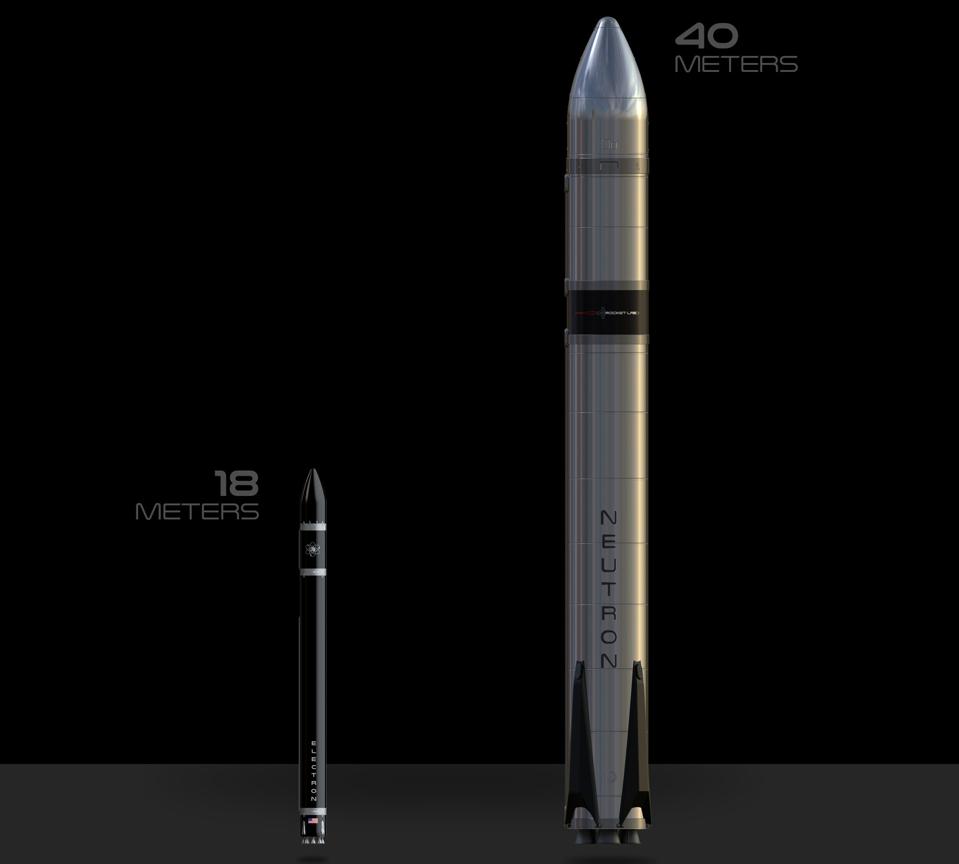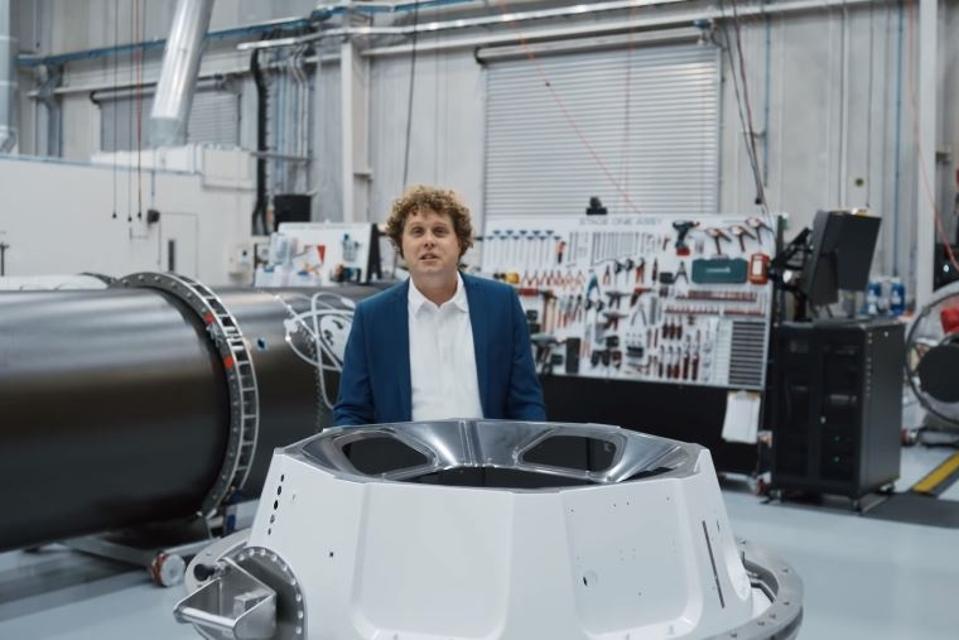The New Zealand-based firm Rocket Lab says it is developing a rocket designed to launch satellites into so-called mega constellations, beginning in 2024 – with human launches also planned at a later date.
Today, Monday, 1 March, the company revealed its “Neutron” rocket, a medium-class launch vehicle that can lift up to 8,000 kilograms (eight tonnes) into orbit, comparable to Russia’s Soyuz rocket.
The two-stage vehicle will be 40 meters (131 feet) tall, more than double the company’s existing Electron rocket, which measures 18 meters (60 feet) tall and has so far flown 97 satellites across 18 launches.
Peter Beck, the company’s CEO, says this will make the rocket particularly suited to launch multiple satellites into constellations, expected to dominate the launch market in the coming years.
“It’s blatantly obvious that an alternative is needed to launch all the mega constellations that are planned in the next decade,” says Beck.
“So there’s a real gap in the market for a vehicle that is purpose-built and the right size for just delivering these.”
Mega constellations are large groups of satellites designed for a number of purposes in orbit, such as space internet.
The most notable is SpaceX’s Starlink constellation, a planned group of up to 42,000 satellites designed to beam the internet to Earth from space.
However, while SpaceX launches its satellites on its own Falcon 9 rocket in batches of 60, other companies also have plans for their own constellations.
“Take the Telesat constellation, it’s 700 kilograms per satellite, 20 orbital planes, and 11 satellites per plane,” says Beck. “It’s eight tonnes per plane, basically.”

Neutron will be more than twice the height of Electron.
Yet these constellations are controversial, both vastly increasing the amount of satellites and debris in orbit, and also causing problems for astronomy by altering the natural beauty of the night sky.
A rocket purpose-built for such constellations might therefore be cause for concern for some people, and Beck says they would encourage sustainable use of Earth orbit as much as possible.
“We are very strong supporters of global regulation and global discussion on what we need to do here,” he says.
With its Electron and Neutron vehicles, Rocket Lab says it will be able to launch 98 percent of all types of satellites set to launch by 2029, barring only the largest satellites.
Neutron will use the same fuel as Electron, a mix of liquid oxygen and kerosene, but will use an as-yet unnamed successor to Electron’s Rutherford engines.

The first stage of the two-stage rocket will be reusable.
What’s more, however, while Electron is designed only for satellite launches, Beck says Neutron will be designed with a much more precious cargo ultimately in mind – humans.
“When you develop a vehicle of this class, it would be remiss not to have that in your plate,” says Beck.
“Making it human certifiable from day one is the prudent thing to do.”
The company has not yet started working on the spacecraft that might sit on top of the rocket, nor has it said how many people could launch per mission.
But possible destinations might include the International Space Station (ISS), or perhaps private space stations placed in orbit.
“We don’t know how the industry’s going to play out,” says Beck. “There’s great potential and huge opportunities.”
A target date for the company’s first planned human spaceflight launch has not yet been announced.

Rocket Lab has launched 18 Electron rockets to date.
Rocket Lab, which also announced it would be merging with a special-purpose acquisition company (SPAC), also revealed plans to make Neutron reusable.
The rocket will be designed to land on an ocean platform, similar to SpaceX’s Falcon 9 rockets.
The company has begun to make its Electron rockets reusable, but uses a parachute to return them, with a helicopter then intended to grab them mid-air.
Neutron, instead, will use its own engines to come back in for a landing.
“It will be a propulsive landing,” says Beck, but notes some people “might be pleasantly surprised by our unique approach,” without going into further detail.

The company recovered one of its Electron rockets for the first time in November 2020.
The company has yet to announce a cost for a launch of Neutron (Electron launches are priced at $7 million).
But the aim is to offer an attractive alternative to larger rockets like SpaceX’s Falcon 9.
Rocket Lab initially plans to launch Neutron in 2024 from a launch pad at NASA’s Wallops Flight Facility in Virginia, rather than its New Zealand-based launch site where all Electron launches so far have taken place from.
Future launches could take place from other launch sites outside Virginia though, says Beck.
Aside from mega constellation satellites and human launches, the company says Neutron could be used for a lot of other purposes too, including perhaps interplanetary missions to the Moon, Mars, and Venus.
Neutron has a lifting capacity of 2,000 kilograms to the Moon and 1,500 kilograms to Mars and Venus.

The company's own small spacecraft, Photon, is designed to reach other worlds.
“We’ve got a mission to the Moon for NASA launching later this year on Electron, we have missions to Mars, and of course our own private mission to Venus,” says Beck.
“Interplanetary science is an area we feel very strongly about.”
And Beck isn’t ruling out the possibilities of perhaps an even larger vehicle in future beyond Neutron – having agreed to eat a hat on camera after once saying Rocket Lab would never build a vehicle larger than Electron.
“I’m never going to say we’re not going to build a bigger rocket again,” Beck says, noting the hat tasted “bloody terrible.”
- Hits: 976
- Article: http://www.nighthawk.nz
- :

- Note from Nighthawk.NZ:





